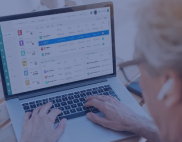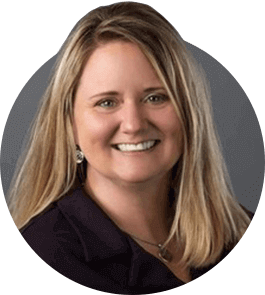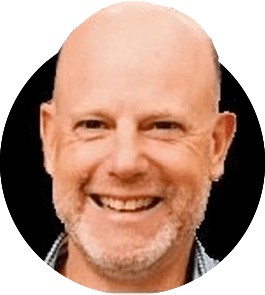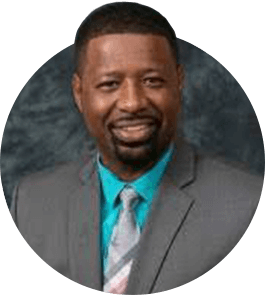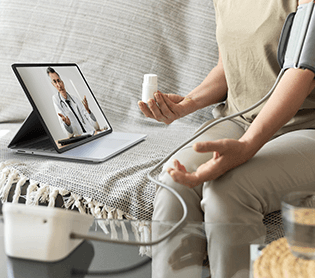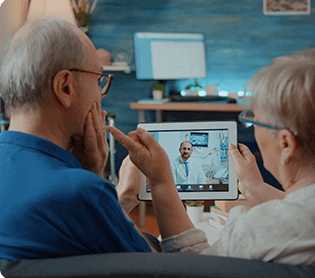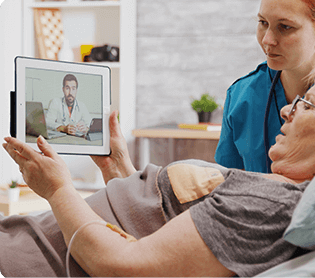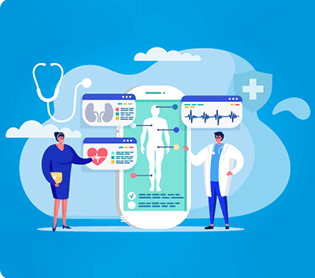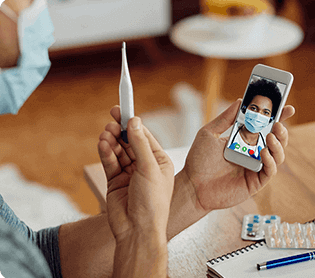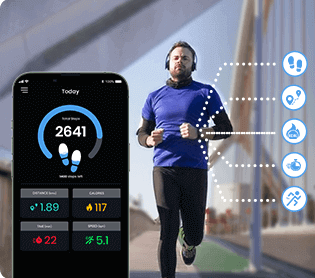الحلول التي قدمناها

حلول الصحة العقلية PM+RCM
تم بناء حل مخصص لتحسين دورة الإيرادات وسير عمل إدارة الممارسة في مركز الصحة العقلية.
انخفاض خسائر المطالبات
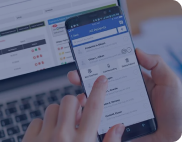

منصة الأطباء حسب الطلب
تم تطوير منصة للرعاية الصحية عن بعد مع إمكانيات البث الافتراضي لتحسين إمكانية الوصول إلى الرعاية وإشراك المرضى.
تحسين تجربة الرعاية المنزلية
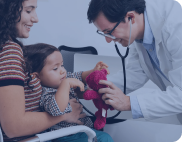

تحليل الموجات فوق الصوتية والرعاية الصحية عن بعد
تم إنشاء حل بث الموجات فوق الصوتية المدعوم بالذكاء الاصطناعي مع إمكانيات الصحة عن بعد لحل تحديات التشخيص عن بعد في الوقت الفعلي.
تحسن في تشخيص التشوهات
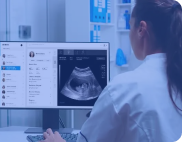

RPM متقدم مع الرعاية الصحية عن بعد
دمج RPM المتقدم مع إمكانيات الرعاية الصحية عن بعد والدردشة الآلية لتحسين الرعاية المزمنة وتتبع المرضى في الوقت الفعلي.
أفاد 100% من المرضى أنهم حصلوا على تجربة أفضل بشكل عام
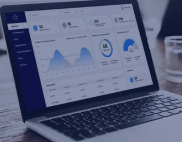

برنامج تقييم مخاطر الانتحار والوقاية منها
تم تطوير أداة تشخيصية مدعومة بتقنية RPA لمنع مخاطر الانتحار لدى المحاربين القدامى وتعزيز اتخاذ القرارات السريرية.
تحسين دقة التشخيص
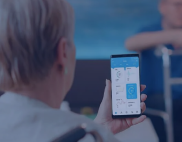

حلول إدارة الرعاية المنزلية لكبار السن
تم تطوير حل رعاية منزلية رقمية يعمل على تحسين التواصل بين المريض ومقدم الرعاية والرعاية عن بعد وتنسيق الرعاية.
دقة أكبر في تقييم الصحة
